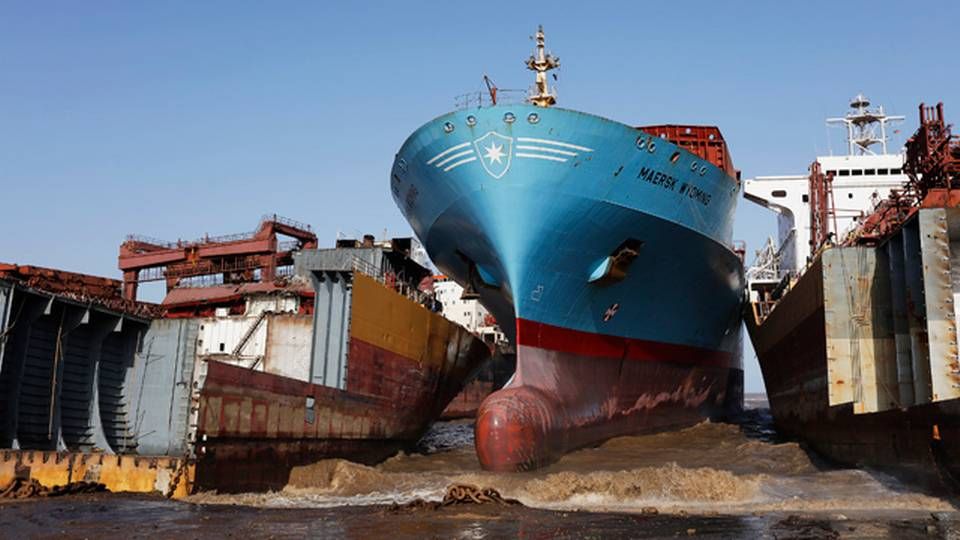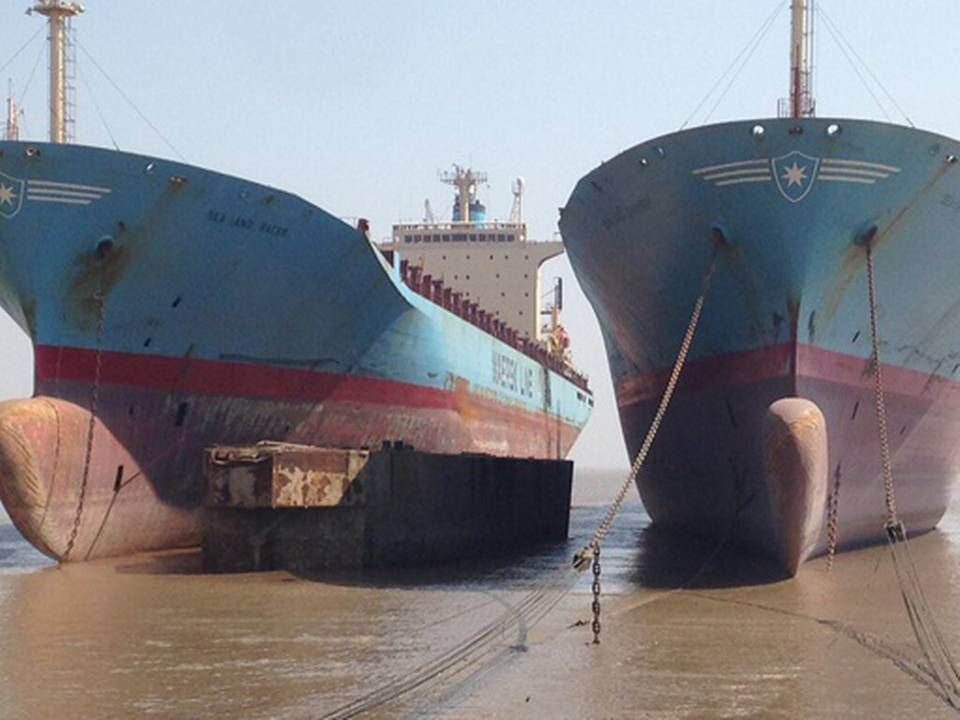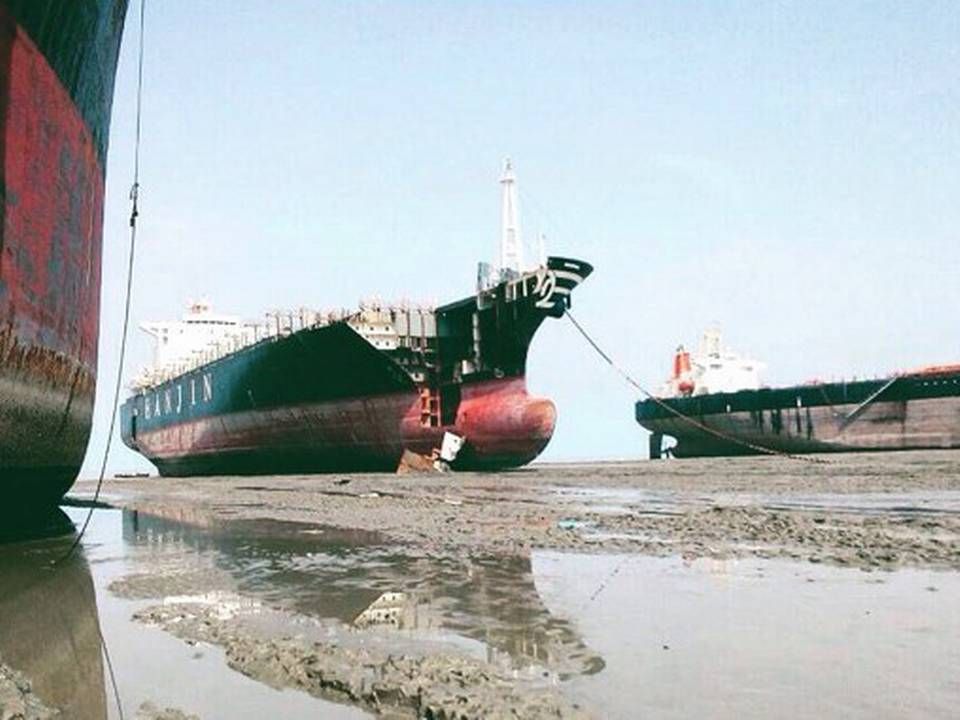Indian yards could miss deadline for scrapping list

It is still an open question whether the EU will finish its inspections of the controversial beaching facilities in India before the turn of the year, by which time the new shipbreaking regulations come into force.
Starting Jan. 1 2019, European ships can only be scrapped by shipbreakers included on the EU's list of approved facilities. So far 21 European shipbreaking facilities have been approved for the list, while applications from countries outside the EU are currently being reviewed.
Once the inspections of non-EU facilities are completed, the EU Commission will presents its proposal for the list, which the member states will then vote on at a committee meeting.
In this regard, shipowners have long called for the controversial beaching facilities in India to be included on the list. According to the shipowners, there is not enough capacity to scrap EU-flagged ships if the Indian shipbreakers are not included on the list.
Especially in recent months, the shipowners' lobbyist have loudly said that it is crucial to include Indian shipbreakers on the list if shipowners are to have a fair chance of complying with the rules.
With only four months left before the deadline, however, there are doubts about whether the inspections in India will even be completed in time. If this doesn't happen, the Indian shipbreaking facilities will likely not be reviewed before sometime in 2019.
Too early to speculate
The Commission has so far visited two facilities in Turkey and the US, and it plans to inspect shipbreakers in Turkey and India in the coming months. The plan is to add new facilities to the list twice before the New Year. The next committee meeting is scheduled for Oct. 2, informs the Danish EPA.
But the Commission cannot guarantee that the applications from the Indian shipbreaking facilities will be processed and completed before the end of the year.
Asked directly whether the facilities in India will have a chance of being included on the list from Jan. 1, when the rules come into force, a spokesperson tells ShippingWatch that "it's too early to engage in any form of speculation."
"The Commission is planning to update at regular intervals the list of ship recycling facilities established under Regulation 1257/2013. There should be two more updates before the end of 2018 and additional yards could also be added to the EU list in the course of 2019," writes the spokesperson to ShippingWatch.
As such, there is no guarantee that the Indian shipbreakers can be fully reviewed before the turn of the year. If not, they can be included in 2019, if they fulfill the European requirements, a factor that in of itself is subject to considerable uncertainty.
According to ShippingWatch's sources, the applications from India have spurred far more questions from the Commission than their competitors in other countries with better reputations.
A total of 11 shipbreakers from the coastal region of Alang have submitted applications, including the Shree Ram yard, one of the facilities where Maersk has so far scrapped seven ships.
Unacceptable waiting time
Association Danish Shipping stresses the importance of ensuring that the list, already from the turn of the year, has enough capacity to scrapping European ships.
At this point, the Commission has approved shipbreaking facilities for a combined capacity of 300,000 ldt, which is the number cited by shipowners. But the 21 facilities on the list have said that they can theoretically scrap 1 million ldt annually. The Commission has previously set a target of 2.5 million ldt.
Another criticism put forth by the shipowners concerns the fact only nine of the approved facilities can handle ships longer than 200 meters – and three of these are located in the UK, which is in the process of leaving the European Union.
"So we need facilities from other countries than those in the EU on the list. This is not a matter of geography, but that all facilities must have a fair chance of being reviewed and being included on the list if they meet the requirements," says Executive Director Maria Skipper Schwenn to ShippingWatch.
Do you expect that the Indian applications can comply with the EU requirements?
"There are facilities in India that are so advanced in terms of methods and other initiatives that they have a real chance. We expect an open and transparent process in which the Commission elaborates and lists reasons what it deems shortcomings, so that any facility has a chance of fixing the shortcomings."
Would it be acceptable if the Indian facilities are reviewed in a continuous process during 2019?
"It has now been more than two years since the facilities applied to be included on the list. The process has been delayed several times, and that's of course not acceptable. So we also expect that the Commission will, at the turn of the year, deliver a balanced list with sufficient capacity, and which does not signal European protectionism, as that's not the way to move forward for a global business that wants proper scrapping conditions – no matter where in the world it happens," says Schwenn of Danish Shipping.
English Edit: Daniel Logan Berg-Munch
EU rejects postponement of scrap rules despite criticism
A simple piece of math takes center stage in scrapping debate
Related articles
EU rejects postponement of scrap rules despite criticism
For subscribers



















